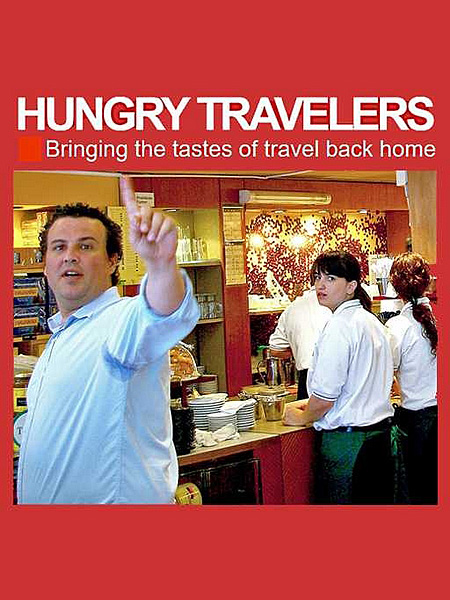Cattlemen’s Steakhouse upholds Western ways
Every time a server places a grilled steak before a hungry diner at Cattlemen's Steakhouse, the refrain is the same. “I'll have you cut right into that,” the server says, “and make sure that we cooked it right.” It's hardly a surprise that beef gets special treatment at Cattlemen's. It's Oklahoma City's oldest continuously operated restaurant. Originally called Cattlemen's Cafe, it opened in 1910 right in the midst of Stockyards City to serve the ranchers, cowboys, and cattle haulers involved in sending beef to the markets back East. Located slightly west of downtown, today's Stockyards District remains the home of one of the biggest livestock markets in the West. Shops specializing in jeans, boots, 10-gallon hats, and belts with big buckles line the streets. In...Read More
